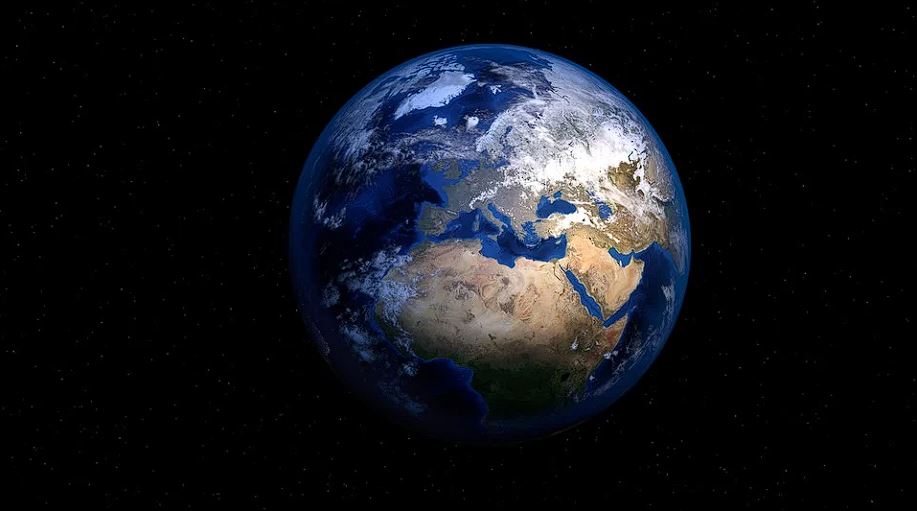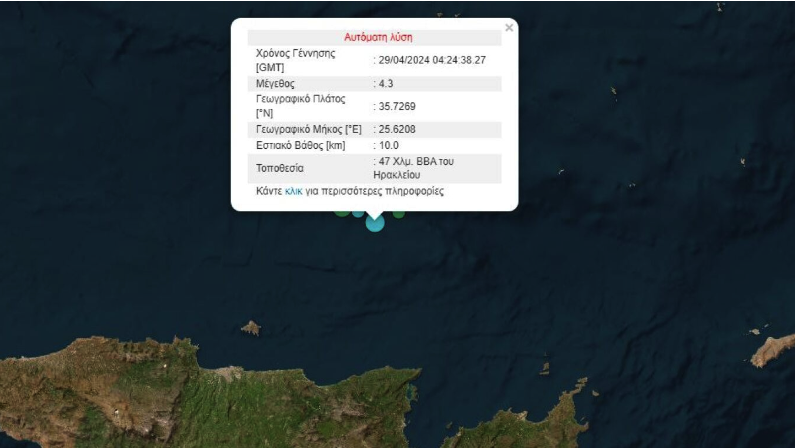Astronomers at the European Space Agency (ESA) used the James Webb Space Telescope to capture an image of a spiral galaxy that resembles our home, the Milky Way. The star system, LEDA 2046648, sits a billion light-years away from ours in the constellation Hercules; it contains thousands of galaxies, trillions of stars and countless planets.
The ESA released the picture on January 31 (highlighted this week by The NY Times). The space agency described it as a mere calibration image to “verify the telescope’s capabilities as it was prepared for science operations.” ESA astronomers snapped it on May 22, 2022, with the Webb telescope’s Near InfraRed Camera (NIRCam).
Watch impressive video of Greek-US joint military exercise “THRACIAN COOPERATION – 23”
That ultra-powerful camera can detect longer infrared wavelengths produced by light from this far away. Redshifting describes the stretching of light’s wavelength as it moves away from us, increasing until it appears redder than expected. It occurs because of the universe’s expansion: Distant systems like LEDA 2046648 keep moving farther from Earth.
Read more: Engadget



































